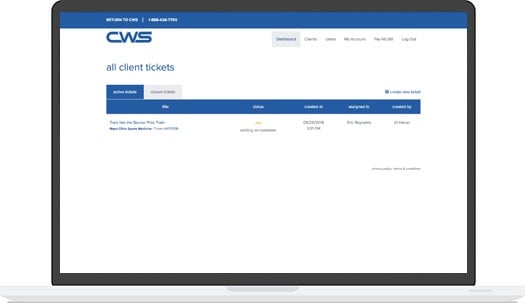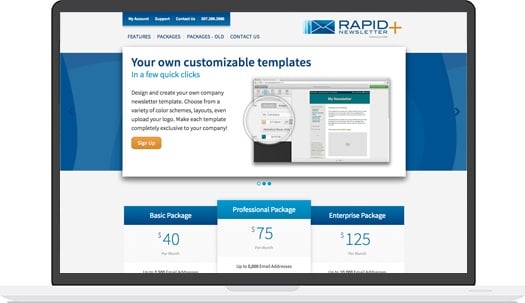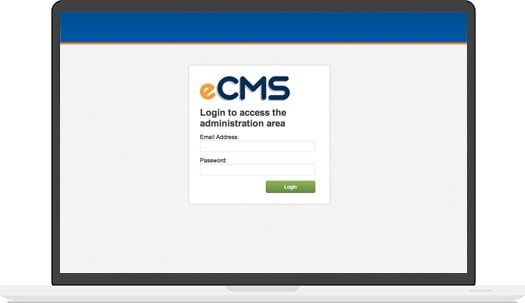What are landing pages? They are one of the most effective tools in your marketing toolbox.
A landing page has one focus—to get your visitor to take an action. Normally, this action is to get your visitor to give their contact information in exchange for something useful they can download.
For example, if you click this link for Inbound Marketing Basics to Grow Your Business, it will take you to a landing page where you can sign up for Inbound Marketing Basics email series.
Sign up for the Inbound Marketing Basics Email Course
When your visitor gives their contact information on a landing page, it shows that they are more likely to be interested in whatever product or service you sell. Receiving their email means you can start an email marketing campaign to provide more help and information. If your product or service is a good fit for them, this campaign will help them decide.
Some goals for your landing pages include:
- generate qualified leads
- determine where your leads are in the buyer’s journey
- move your leaders further down the buyer’s journey
The magic of landing page design occurs within the following three distinct features.
Headline
This is where you grab your prospective customer’s attention. Your headline jumps right into promising a solution to the problem your customer is experiencing.
Three customer problems:
- You spend too much for air travel
- You can’t seem to get organized
- You’re stuck in a low-level management position and want to rise higher
Three solutions:
- Save Thousands on Air Fare With This Secret Tip
- Get Organized in 7 Easy Steps
- Skyrocket Your Management Career
See how the headline promises a solution to your customer’s pressing problems? The only job your headline has is to grab your customer’s attention and get them to read the subheadline.
Subheadline
Your subheadline builds on the promise by offering a more detailed explanation of your solution. Using the three headline examples above, here are three subheadings you might use:
- Learn how successful salespeople save thousands every year by using one simple trick.
- This professional organizer shows you how these 7 steps can turn even the most disorganized slob into an efficient machine.
- Once you show your boss how valuable you are to the business, he’ll promote you as fast as he can...and I’ll teach you how to do that!
The key to writing an effective subheadline is to:
- Keep it to one sentence
- Tie it directly to the main headline
- Express the benefit clearly
Offer and Call-To-Action
Your offer is the main section of your landing page. First, clearly state the problem you’re solving. Give an example explain how awful the problem actually is. Don’t hold back. You want your prospect to feel how bad their problem is and want a solution now.
Next, explain how you’re going to solve their problem. You do not reveal the solution, but you talk about the benefits the solution will provide. This is where you use copywriting skills, so use short sentences, short paragraphs, and bullet points.
Pro-Tip: Adding a bulleted list with 3 to 5 benefits that your offer provides can significantly increase your conversion rate. The easier it is for people to see what they are getting in a few short seconds, the more likely they are to download your offer.
Include testimonials and statistics to back up your promise. Short case studies are also useful forms of social proof.
Finally, the whole point of your landing page is to get your prospect to take action. This frequently involves your prospect giving their contact information—such as an email address—in exchange for an ebook, checklist, or other information product.
Conclusion
Your landing pages are a critical piece to your online marketing puzzle. Use them correctly, and you can supercharge your marketing efforts. Why miss out on countless opportunities when it’s so easy to create effective landing pages?

.jpg?t=1533315998368) How-To Articles
How-To Articles Support Portal
Support Portal Webmail
Webmail Rapid Newsletter+
Rapid Newsletter+ eCMS
eCMS

 Our content team is made up of thought leaders, strategists, and content creators who have more than 70 years of combined experience. With a wide variety of backgrounds as entrepreneurs, marketing gurus, healthcare associates, as well as plenty of experience in other industries, we help grow businesses with our relevant, trusted, and helpful resources.
Our content team is made up of thought leaders, strategists, and content creators who have more than 70 years of combined experience. With a wide variety of backgrounds as entrepreneurs, marketing gurus, healthcare associates, as well as plenty of experience in other industries, we help grow businesses with our relevant, trusted, and helpful resources.
